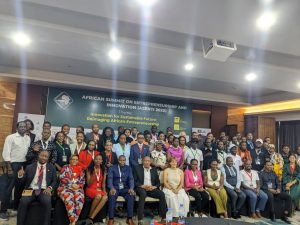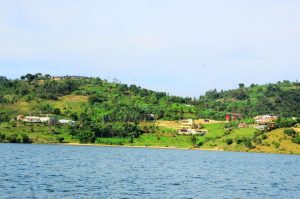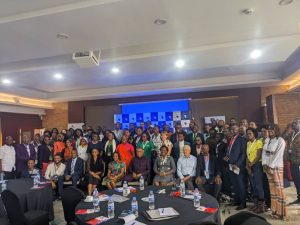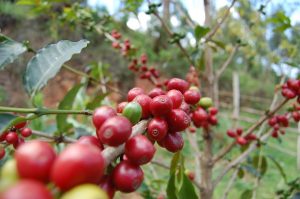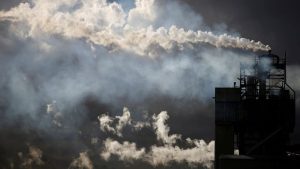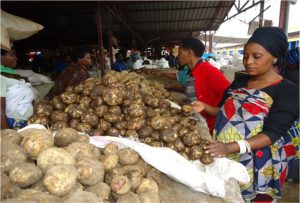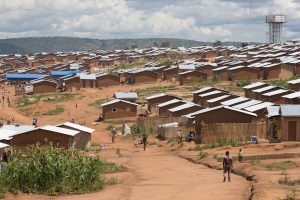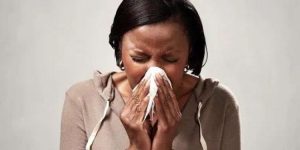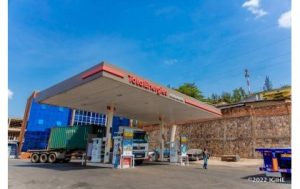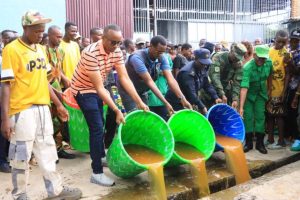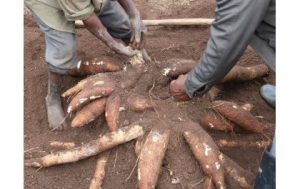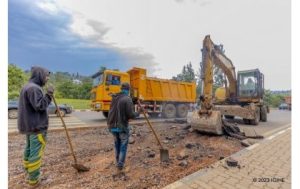Kayonza Urges Farmers to Join Agriculture Insurance for Disaster Protection
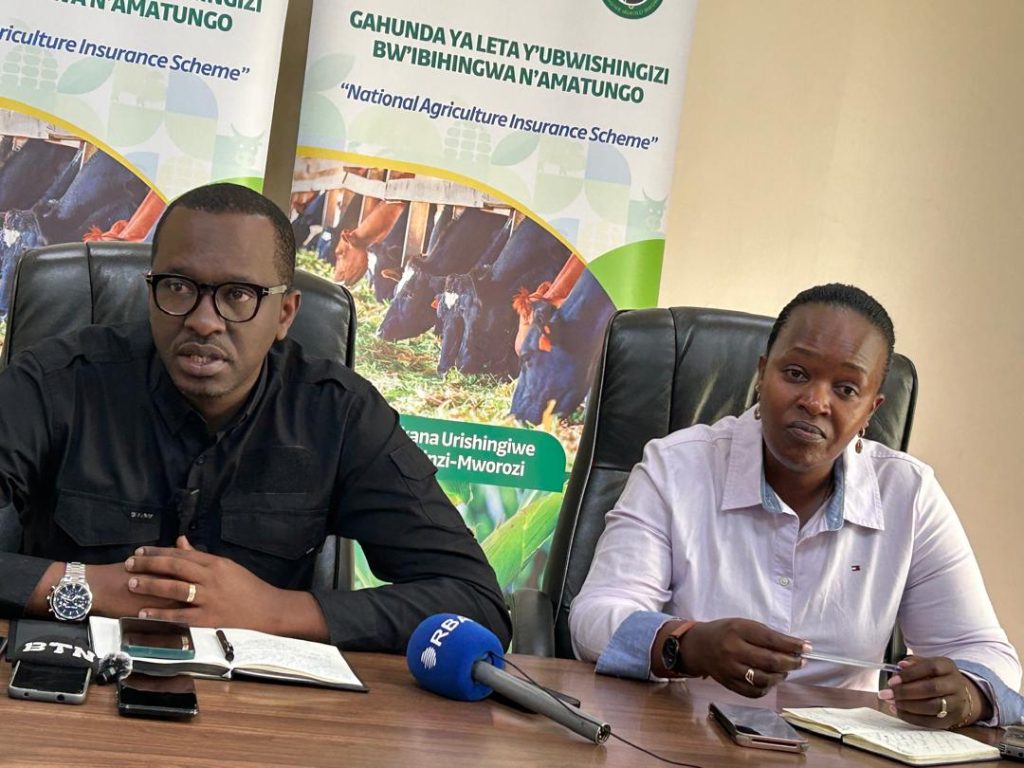
Kayonza District Mayor, John Bosco Nyemazi (L), and the Vice Mayor in charge of Economic Development, Hope Munganyinka (R).
Kayonza District encourages farmers and livestock keepers to join the National Agriculture Insurance Scheme (NAIS) to safeguard against disasters like droughts, floods, and diseases. This initiative helps protect livelihoods and promote resilience in the face of unpredictable weather and pest challenges.
Mayor John Bosco Nyemazi highlighted the frequent challenges the district faces, including droughts, floods, and livestock diseases.
“Kayonza is frequently affected by disasters such as droughts, floods, and livestock diseases,” Mayor Nyemazi said. “For example, poultry can easily be wiped out by outbreaks like Newcastle Disease (Umuraramo), cattle face diseases such as Foot and Mouth Disease (Uburenge) and Rift Valley Fever, while crops are often attacked by pests and diseases like Banana Xanthomonas wilt (Kirabiranya) or maize stalk borers. That’s why we encourage everyone to take insurance. It’s about being prepared and protecting your livelihood.”
ALSO READ: Bugesera Farmers Praise Agriculture Insurance for Shielding Them from Losses, Urge Others to Join
He emphasized that disasters are unpredictable and urged both crop farmers and livestock keepers to join the insurance scheme before losses occur.
“When disaster strikes and you haven’t insured your crops or animals, you suffer losses that you were not prepared for. Farmers who have joined the scheme now operate more securely, though the participation rate remains relatively low,” he said, adding that the district is working with various partners to raise awareness about the benefits of agricultural insurance.
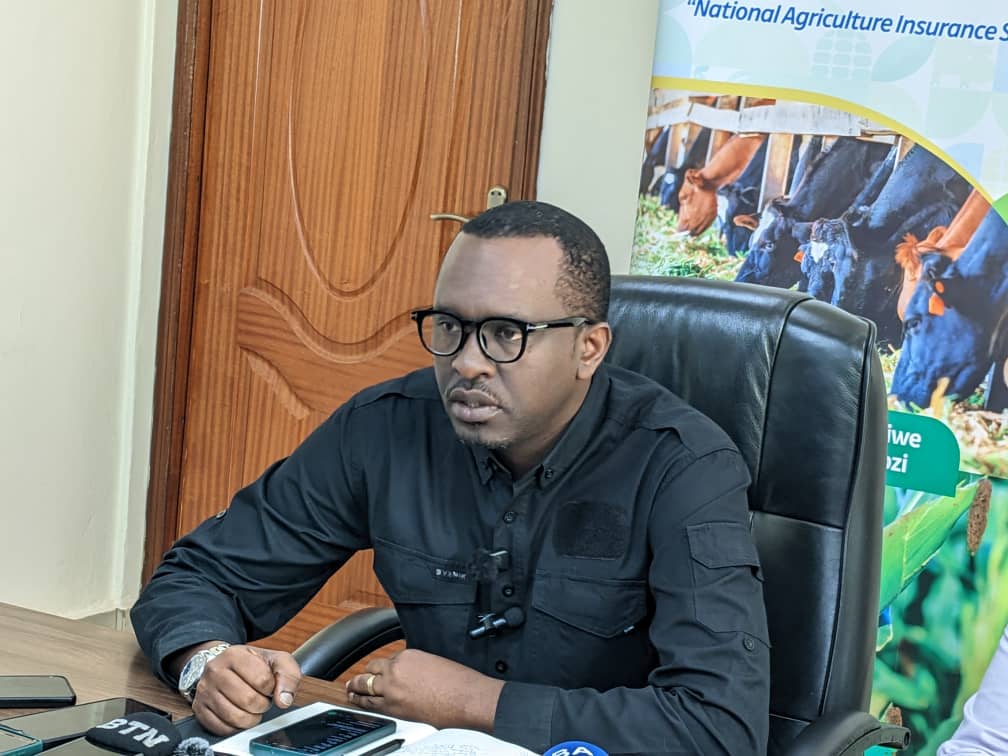
According to Nyemazi, the district has already seen a decline in agricultural and livestock losses since the program’s introduction.
“Agricultural and livestock losses have significantly decreased because a large portion of land and animals are now insured. However, our goal is to continue increasing insured coverage so that no farmer remains unprotected,” he added.
Progress and Targets in Kayonza District
District data show that the adoption of Tekana is gradually improving. During the 2024 agricultural season, out of 400 hectares of maize, 221 hectares were insured, and the district targets full coverage by 2025. For rice, 1,236 hectares out of 2,000 hectares were insured, also with full coverage targeted next year. Plans are underway to insure 10 hectares each of beans and chili and 5 hectares of green beans by 2025.
In livestock, 1,056 cattle were insured in 2024, with a goal of 1,168 cattle next year, alongside 100 pigs already covered under the Tekana program.
District officials say the aim is to ensure farmers can recover quickly from natural disasters or disease outbreaks without falling into financial ruin.
Farmers Share Success Stories
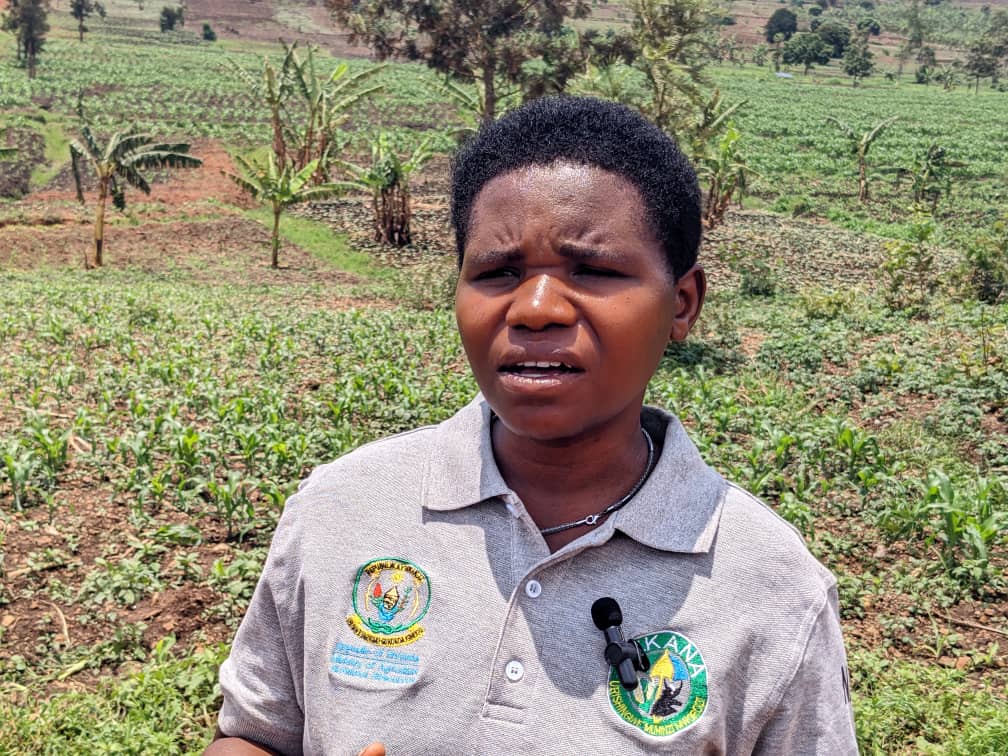
For farmers like Agnes Mukamana, president of KOAISORWA Cooperative in Rwakabanda Marshland, Murundi Sector, joining the insurance scheme has been a game-changer.
“When Tekana Insurance Scheme was first introduced, we didn’t take it seriously. Some thought it was just another way for the government to collect money,” Mukamana admitted. “But we later changed our mindset and joined the scheme in 2024, insuring about 30 hectares of maize for Rwf 936,218.”
Her cooperative’s perception of insurance changed completely after receiving compensation following storm damage.
“After strong winds damaged our maize crop, we were compensated Rwf 740,000. During Season A of 2023–2024, heavy rains flooded our fields, destroying maize and soybeans. Because we were insured, we were fully compensated and able to replant without debt. This program is excellent. The government truly cares for its people,” she said.
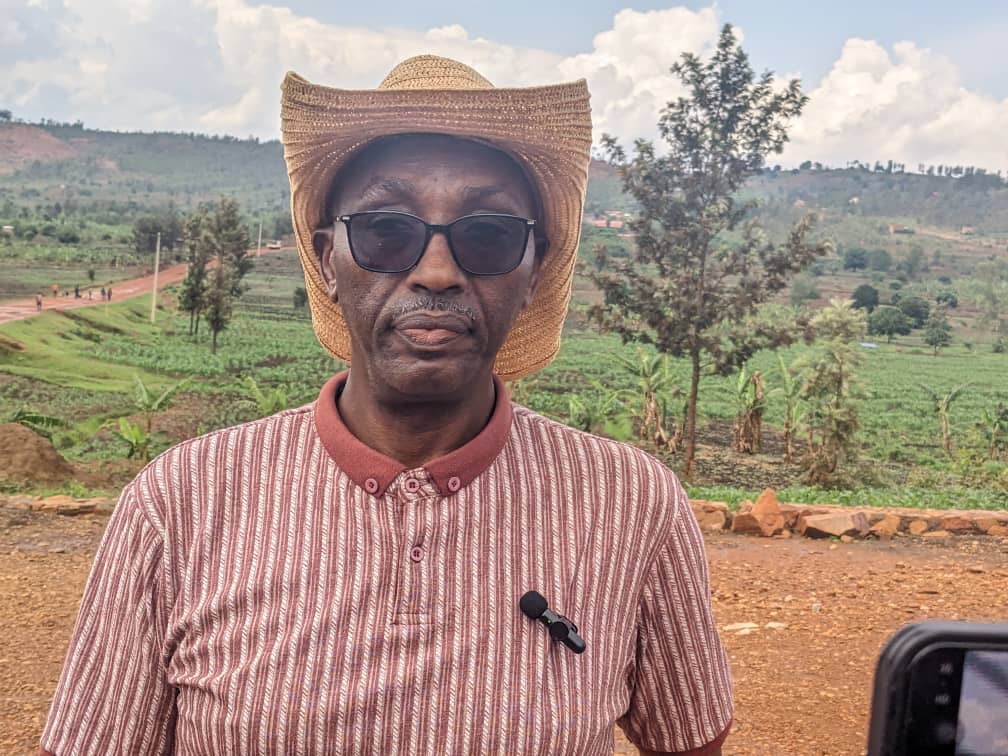
Another farmer, Retired Colonel Evariste Rugangazi, who keeps dairy cows in Murundi Sector, shared a similar experience.
“In the past, I lost 11 cows unexpectedly to disease. Through Tekana insurance, I was compensated over Rwf 17 million,” he recalled. “That experience showed me the real value of insurance. I now insure all my cows and encourage others to do the same. It’s the best way to avoid unexpected losses.”
The National Agriculture Insurance Scheme was launched in 2019 by the Ministry of Agriculture and Animal Resources (MINAGRI) and is implemented by the Rwanda Agriculture and Animal Resources Development Board (RAB) through its Single Project Implementation Unit (SPIU), in collaboration with private insurance companies.
The government provides a 40 percent subsidy to make insurance affordable for smallholder farmers. Since its inception, NAIS has insured around 189,734 farmers and livestock keepers, representing about six percent of all farmers in Rwanda.
So far, the government has invested Rwf 5.95 billion in subsidies, while Rwf 8.19 billion has been paid out in compensation, including Rwf 3.57 billion for livestock and Rwf 4.62 billion for crops.
The scheme currently covers major crops including rice, maize, potatoes, beans, chili, soybeans, French beans, and cassava, as well as livestock such as cattle, pigs, poultry, and fish.
This aligns with Rwanda’s National Strategy for Transformation (NST2), which seeks to increase agricultural lending from six to ten percent by 2029, strengthening the country’s resilience against climate change and ensuring food security.
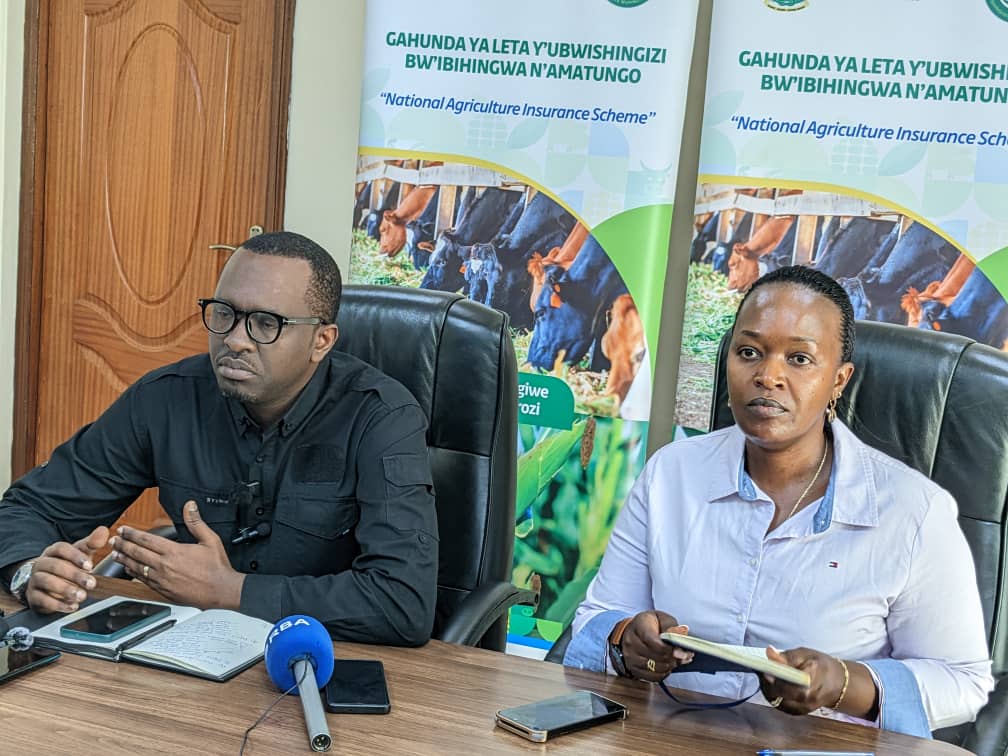
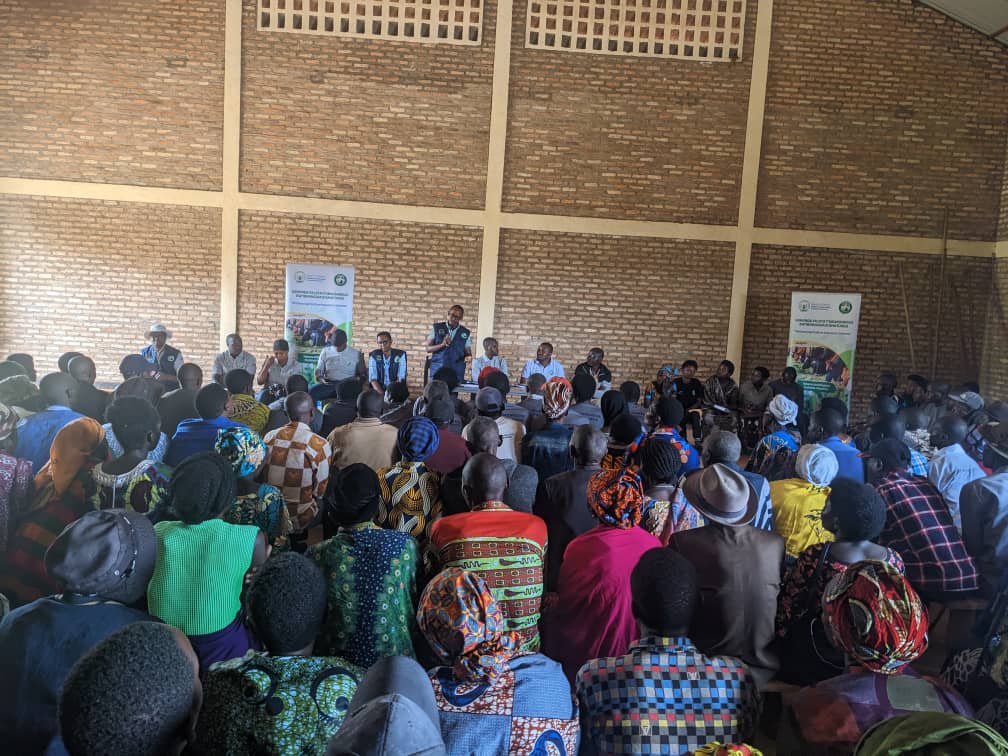
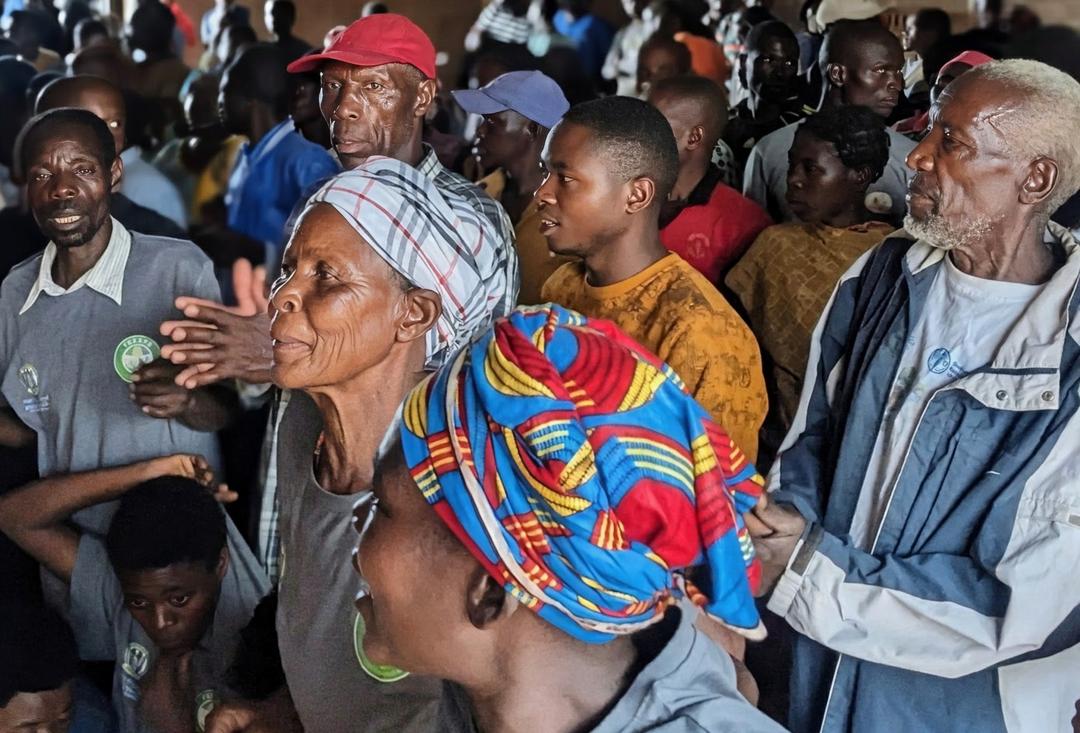

SUBSCRIBE TO OUR NEWSLETTER


